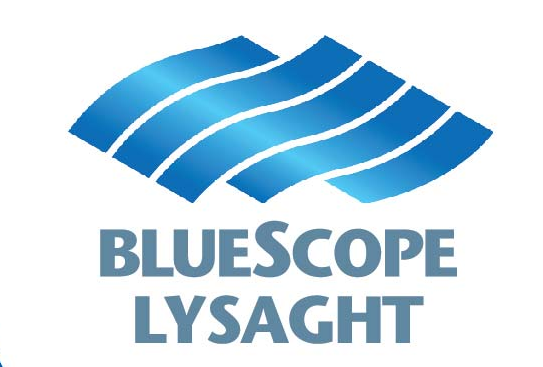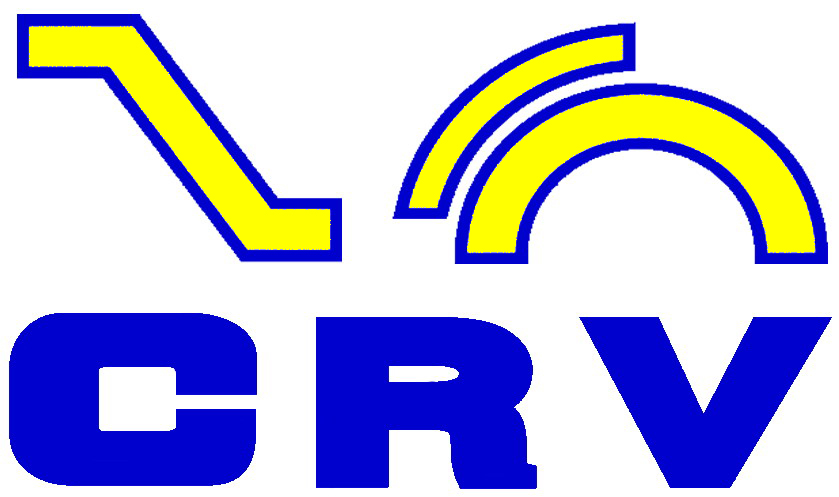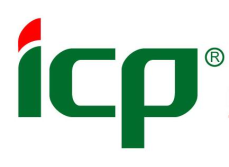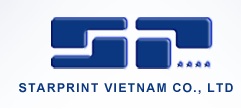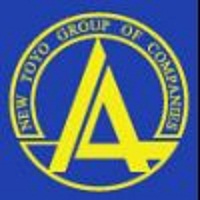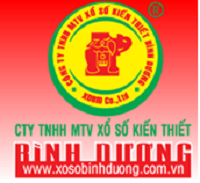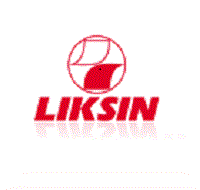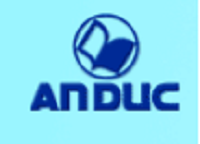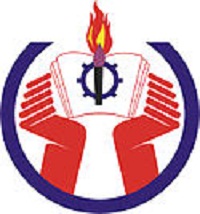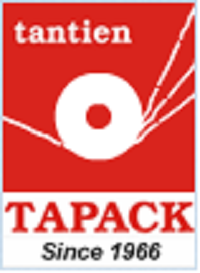
Tài liệu Duy trì Tự quản Autonomous Maintenence
What is a CIL - Cleaning, Inspection & Lubrication
1- WHY CLEAN ?
- Cleaning is an important first step in Autonomous Maintenance because:
- Insufficient cleaning causes losses and the cleaning activity itself exposes hidden abnormalities.
Dirt in rotating parts, sliding parts, pneumatic and hydraulic systems, electrical and control systems, sensors, etc. causes malfunctions, reduced function, failures by wear, clogging, resistance, speed losses, etc. are different types of abnormalities. Abnormalities are anything that is abnormal from the expected ideal condition. Insufficient cleaning causes forced deterioration. All of these losses are solved through a thorough cleaning of the equipment and countermeasures to keep the equipment clean.
- Many abnormalities are hidden because the equipment is dirty. Equipment inspections fail to expose these “hidden” abnormalities. By cleaning the equipment thoroughly, we expose every abnormality.
- The key concept is: Cleaning is Inspection. When we clean we touch every part of the equipment and therefore inspect every part of the equipment. The analogy that is often used to describe this idea is that of washing your car. When you wash your car by hand, you see every dent & scratch.
The diagram below illustrates the “cleaning to inspect” process:
This “inspection by cleaning” process is part of the daily work while operating the equipment. This skill is developed, practiced, and improved during Step 1 but it becomes part of daily work and is used throughout all the AM steps.
2- How to Develop a Cleaning, Inspection & LubricationStandard:
Intent
The CIL is the tool to keep Step 3 AM performance in place long-term, ensuring the right tasks occur on the right frequency in the most efficient manner. The CIL reduces the total time required to maintain the equipment verses baseline. AM CIL’s result in a stable operating environment where variation is reduced and equipment is running in centerline.
Why Standards:
A fundamental component of AM is the establishment of standards by the individuals performing the work to define the one right way to maintain the equipment in “like new” condition. The CIL represents months of effort and learning to refine the work for the equipment/area to the essential tasks needed to maintain equipment performance. As other teams are trained on AM learning’s, knowledge of the entire workforce grows and losses in effort are reduced
Checksheets:
While the standard defines the critical tasks needing completion it does not ensure their implementation. Therefore the CIL alone is insufficient. To support the needed culture change of routine inspection a CIL checksheet is developed and becomes the document to record whether the behavior of inspection is occurring and provides a basis to understand if the culture is supporting autonomous maintenance.
CIL Content:
The CIL defines the sequence of tasks to be performed, the approach to the task, the normal condition for the task, the time the task should take and the frequency. The more visual the CIL the better. Each item should answer the 5W’s, 1H. The typical order flow for the CIL is as follows:
Establishing Equipment Target Times:
3- CIL Development Process by Step:
- Step 1: Create Tentative Cleaning/Inspection Standard
- Step 2: Update Cleaning & Inspection Standard
- Step III: Update CIL Standard.



